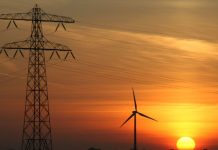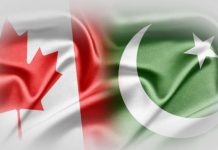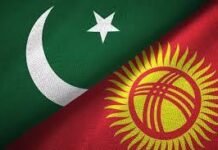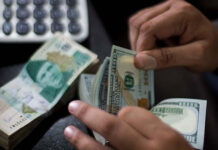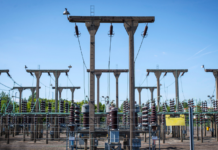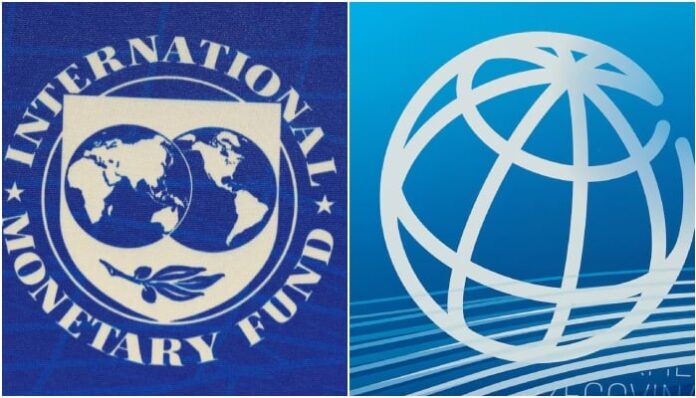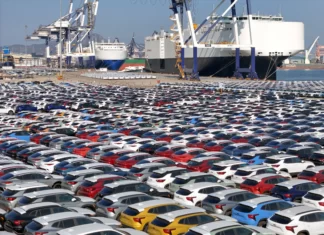Alarm is rising over Washington’s potential withdrawal from global institutions, including the International Monetary Fund and the World Bank, with the no-show of US Treasury Secretary Scott Bessent at G20 meetings adding to anxiety. So what are the IMF and World Bank and what happens if the United States pulls back from them?
The US and its allies formed the two institutions in the ashes of World War II to encourage global integration and forestall future wars.
The IMF is a lender of last resort to countries in trouble – from Greece during its financial crisis, Argentina amid successive debt defaults and even the United Kingdom after a 1976 economic meltdown.
Lending ranges from emergency cash to tackle balance of payment crises to precautionary lines to prevent a crunch.
It attaches conditions to the loans – dispatched in tranches – to ensure countries enact reforms, usually requiring cuts to wasteful spending, more transparent budgets, rooting out corruption or raising tax revenues. Investors use IMF data on GDP and growth as the trigger to determine whether certain debt instruments that link payments to economic performance give them more – or sometimes less – money.
The World Bank lends at low rates to help countries build everything from railroads to flood barriers, creates frameworks needed for innovative financial tools, such as green bonds, and provides risk insurance.
Both lenders provide expertise on issues from irrigation to central bank transparency.
A swathe of emerging market countries rely heavily on the IMF: Argentina could not pay government workers without it, and others from Senegal to Sri Lanka also currently count on its cash.
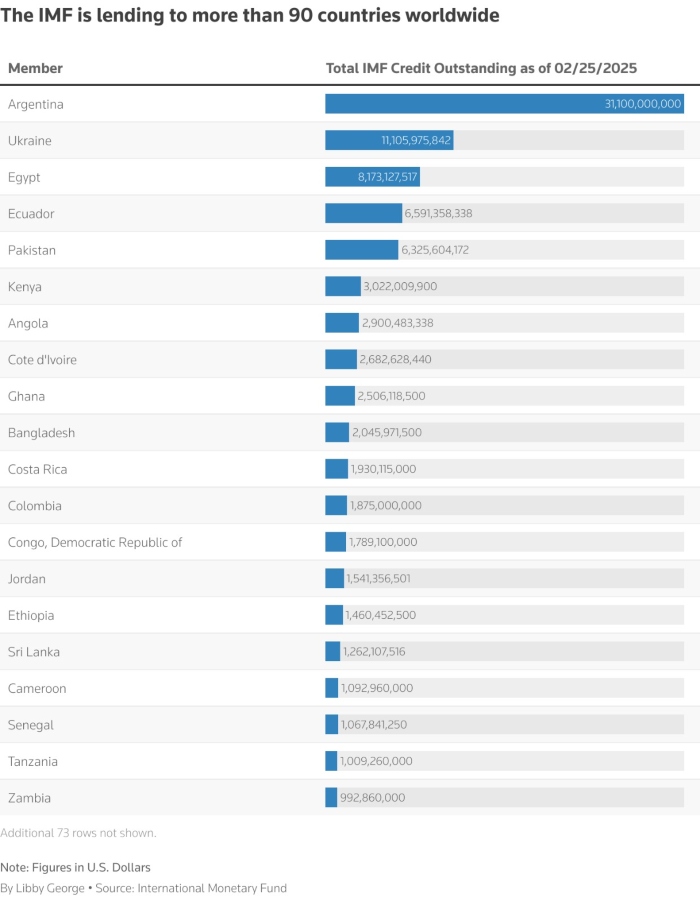
Having an IMF programme also assuages investors – both private and bilateral.
“The IMF has been for a long, long time an anchor specifically for debt investors,” said Yerlan Syzdykov, head of emerging markets at Europe’s biggest asset manager Amundi, adding US expertise, and not just money, gives investors confidence in countries with IMF programmes.
Bilateral investors such as Saudi Arabia also increasingly look to the IMF as an anchor for their loans. Economy Minister Faisal Alibrahim said linking lending to institutions including the IMF ensured “more value, from every dollar, every riyal, that is dedicated to supporting other economies.”
Investors work closely with the World Bank’s private investment arm, the International Finance Corporation, co-investing in public/private partnerships for countries seeking the estimated trillions of dollars needed for cleaner power and infrastructure.
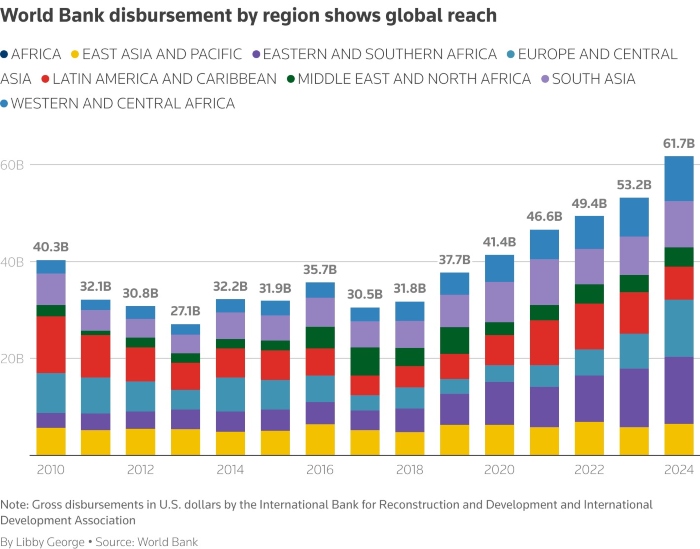
Developed countries funding the institutions, including the United States, have used them to ensure global financial stability and to encourage countries to adhere to fiscally responsible, open economic models.
Both institutions, at the behest of their biggest shareholder, the United States, had backed countries such as Egypt, Pakistan and Jordan, where the US has strategic interests, said Mark Sobel, the US chairman of the Official Monetary and Financial Institutions Forum (OMFIF), a veteran Treasury Department official and former IMF board member.
“If there’s economic instability abroad, it can hurt the US economy,” Sobel said.
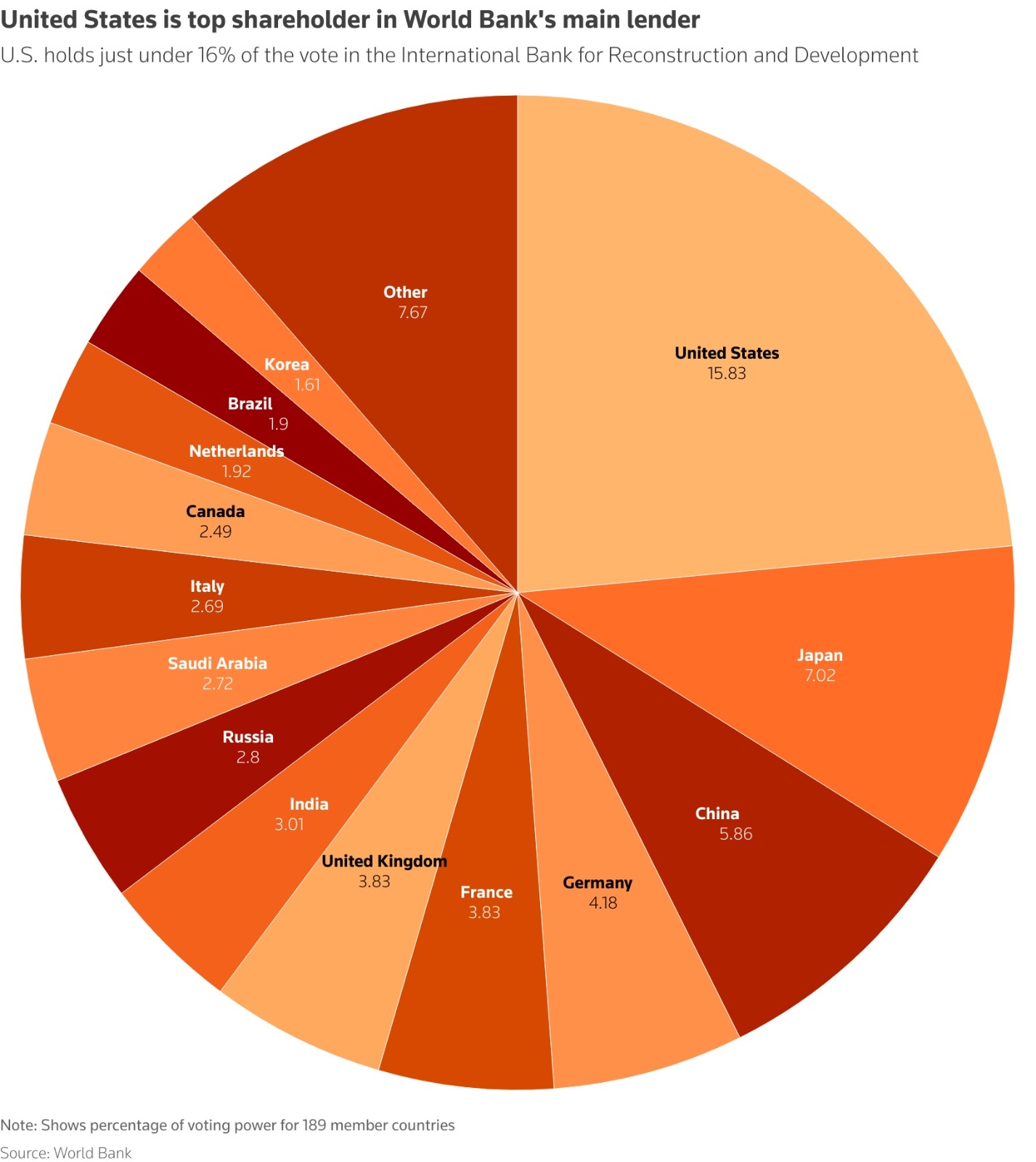
The IMF often earns the ire of protesters for advocating painful unpopular reforms to balance budgets such as cutting fuel subsidies or raising tax revenues.
Some Kenyans denounced the IMF during deadly protests last summer, while the Fund’s response to the 1997 Asian financial crisis was roundly panned.
But only a few countries, such as Cuba, North Korea and Taiwan, are not IMF members.
What happens if the United States pulls its support?
“It would be a disaster,” said Kaan Nazli, emerging market debt portfolio manager at Neuberger Berman.
A founder member, the United States holds the largest single share of each institution – just over 16% for the IMF and just under that for the World Bank. This has given US policymakers strong influence over decision-making that global economic leaders have come to rely on.
US withdrawal would also surprise experts and investors, as the institutions give Washington that influence at a relatively low cost. Stepping back, they say, would be a gift to China and others seeking to dislodge it as the global leader.
Other countries could fill the financial gap; China has been keen for a larger role in global groups. It has pushed for a realignment of IMF shareholdings and to strengthen emerging market voices. China’s current share is just over 5%.
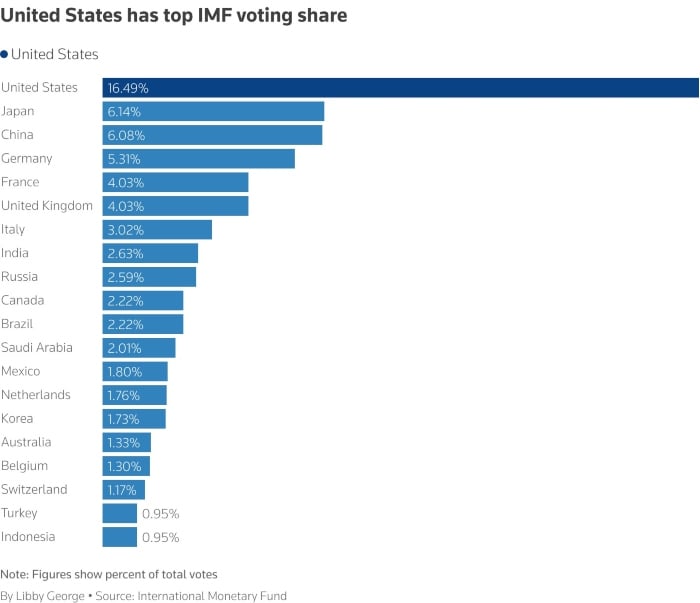
A US exit “would be a major blow to their functioning, and it would only help China,” Sobel said.
At the World Bank, US companies would have less access to contracts and work funded by the group. A change in IMF shareholder structure would upend the power balance, making decisions less predictable and potentially less transparent.
Lost access to expertise from US Treasury officials could undermine trust, and ratings agencies have warned US withdrawal could put multilateral lenders’ coveted triple-A credit ratings at risk, limiting their ability to lend.


